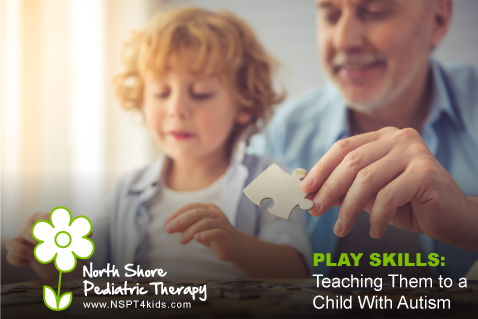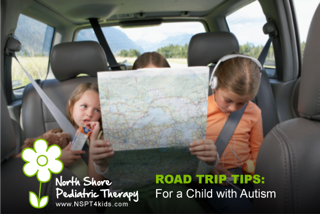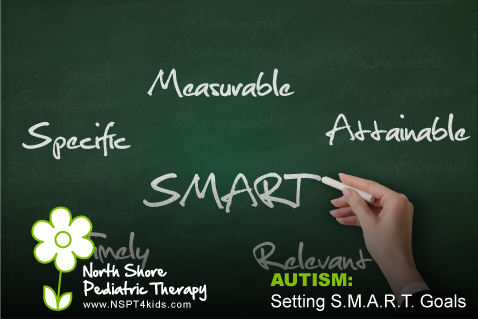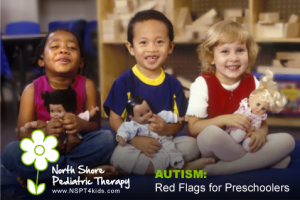The holiday season is quickly approaching, and for many people the holidays involve some type of travel. When traveling with a child with autism it is very important to plan ahead and be well prepared for the trip. One of the best ways to begin preparing is to identify the triggers for your child which lead to meltdowns, and come up with strategies on how to handle or avoid these meltdowns. It is also important to think ahead and consider the various scenarios which could occur, and make sure you are prepared to handle those situations. Of course, traveling can be very unpredictable, but if you are well prepared for a variety of different situations, your trip should be a relatively smooth one.
Travel Tips for Children with Autism
- Create of visual schedule of activities for the travel day(s). Review the schedule in the weeks leading up to the travel day and then on the day of travel – Many children with autism do well with structure and knowing what to expect. When making the schedule, avoid making it too detailed (i.e., with specific times of each activity) since travel plans can sometimes change unexpectedly at the last minute. So, keep the schedule simple (i.e., drive to airport, fly on plane, drive to Grandma’s house).
- Create a vacation calendar – This calendar can begin as far as a month before your trip. You can cross off the days leading up to your trip. The calendar can also include the days you will be away and the day you will return home.
- Practice sitting for long periods of time – Regardless of the mode of transportation that will be used, there is a good chance you will be sitting for an extended period of time. Take practice runs in the car and reinforce good sitting behaviors. It can also be helpful to use portable DVD players and/or IPads to help during longer trips.
- When traveling by plane:
- Watch videos of airplanes taking off and landing and if time allows, take a trip to the airport to watch airplanes in person.
- Use headphones to drown out any loud noises at the airport or on the airplane.
- If possible, book a direct flight to avoid the process of switching planes.
- Contact the airport and airline to see if they have any special accommodations for children with special needs.
- Some airports and airlines have programs in place that allow practice runs through the airport, and even allow you to go onto the airplane itself familiarize your child with the airport and an airplane.
- Bring chewy candy or gum to help with the change in cabin pressure which cause your ears to pop.
- Airports are very busy and crowded, especially during the holidays. If your child has trouble in loud and/or crowded places, begin taking them to crowded places (i.e., a mall) to help de-sensitize them to crowds and loud environments.
- Pack a bag with all essential items – This bag should include a variety of snacks, favorite books, toys, games, sensory items (i.e., chewy tubes, weighted blankets, etc.), headphones, IPad, and any other favorite or reinforcing items from home.



































